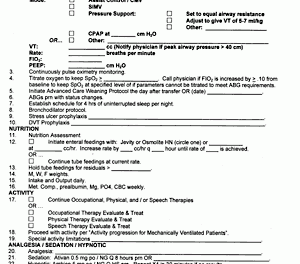When hemin, a product released by red blood cells during lysis, was injected into mice with sickle cell disease, it triggered labored breathing, acute lung injury and rapid death in sickle mice, according to study results in the Journal of Clinical Investigation . Those responses were not seen in control mice.
Investigators determined that hemin acts through the immune receptor TLR4, since blocking or deleting this receptor prevented symptoms of hemin injection in mice. They also discovered that hemopexin, a protein that sequesters hemin, was an effective treatment against hemin-induced lung injury both before and after symptom onset.
“A major strength of our study is that it may help to refine [the current, entirely supportive, management of ACS] by targeting specific molecules, such as hemin, and other pathways directly involved in causing lung injury,” the authors concluded.
“A targeted approach may also be effective therapeutically, as shown here for [sickle] mice with respiratory distress that were saved from respiratory failure using rhHx. We have also identified TLR4 antagonists as potential agents for drug repurposing in SCD, despite their recent setbacks in sepsis trials.”









